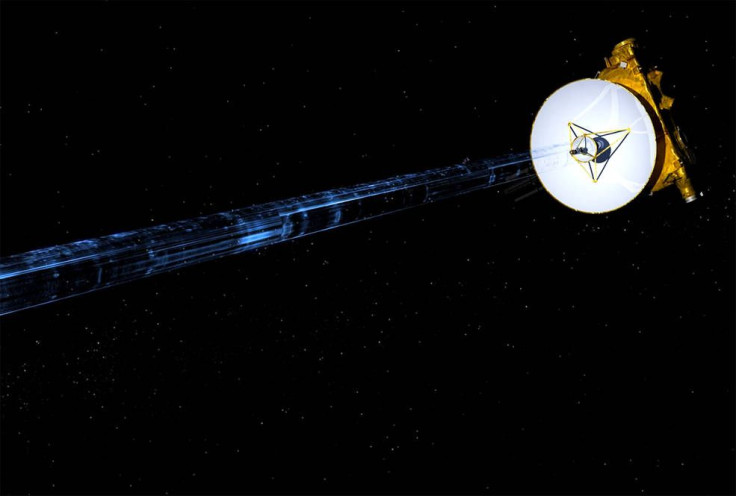New Horizons Wakes From 5-Month Nap 3.6 Million Miles From Earth

The New Horizons craft that is heading for the distant Kuiper Belt object 2014 MU69 and is currently more than 3.6 million miles from Earth just woke up from a five-month long nap in space. The craft periodically goes into hibernation while traveling to its target.
It took New Horizons nine years to make it to its primary target, the Pluto system, and it spent much of that time in hibernation. During that time it swung by Jupiter for a boost out into space before conducting a six month study of Pluto during 2015. The craft has pre-programmed commands to sleep and wake up when it’s coming close to a target. It goes into hibernation to save energy while it’s traveling to its target objects.
It most recently awoke from its slumber on Monday when again the programmed computer commands woke it up for the next few months before it goes back into hibernation mode on Dec. 22. It will then spend almost another six months asleep before it wakes up again in June of 2018. By then it will be far closer to reaching the Kuiper Belt object that it is scheduled to observe on Jan. 1, 2019. The goal is for the craft to reach some of the farthest destinations ever studied to give new insights into the surface properties, geology, interiors and atmospheres of such objects, according to NASA.
In April, the craft reached the midway point in distance between Pluto and it’s next destination, although the craft hibernated through this major milestone. In July, researchers in Argentina saw 2014 MU69 when it passed in front of another star. When it did this it blocked the light of that star, an event that the researchers were able to capture. This was part of an intentional attempt to get more information on the object before New Horizons makes it there in 2019.
On Monday, the craft transmitted information that showed it was in good health and was working normally with all of the systems functioning and online. Now that it’s awake the operations team at the Johns Hopkins Applied Physics Laboratory will work to put the craft into “active” mode, said NASA. This will prepare the craft for the checkouts and data-collection it will do until the middle of December when it goes into hibernation again.
During the time between now and its next hibernation the craft is expected to continue its travel out to the KBO and also get its instruments ready or trained to make observations and measurements for once it arrives. The craft will also go through a period of instrument testing for the MU69 approach.
Towards the end of this awake period, the craft will go through with a course-correction move to ensure that it’s on track to arrival at MU69 on time. The coming Dec. 22 hibernation will be the last one before the craft approaches the KBO.
© Copyright IBTimes 2024. All rights reserved.





















